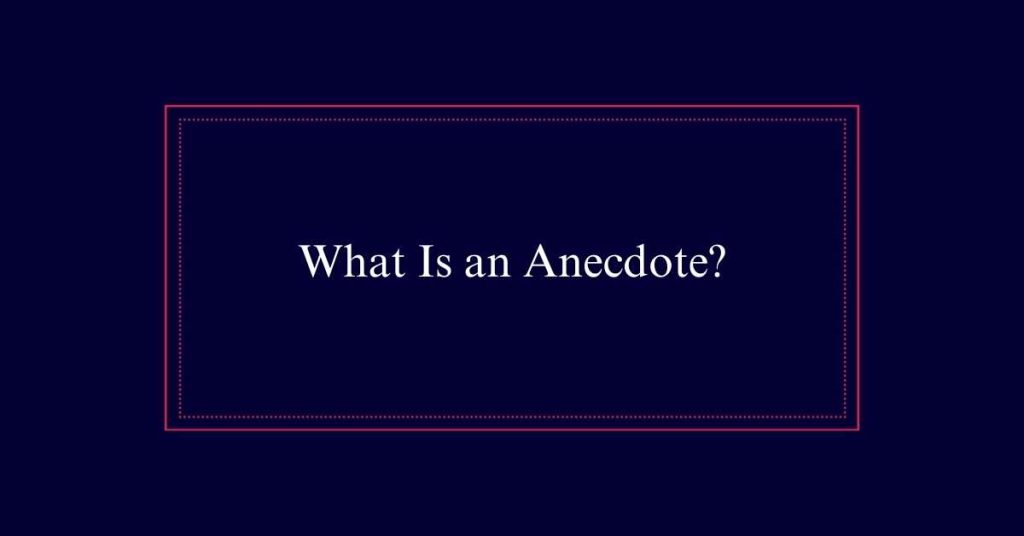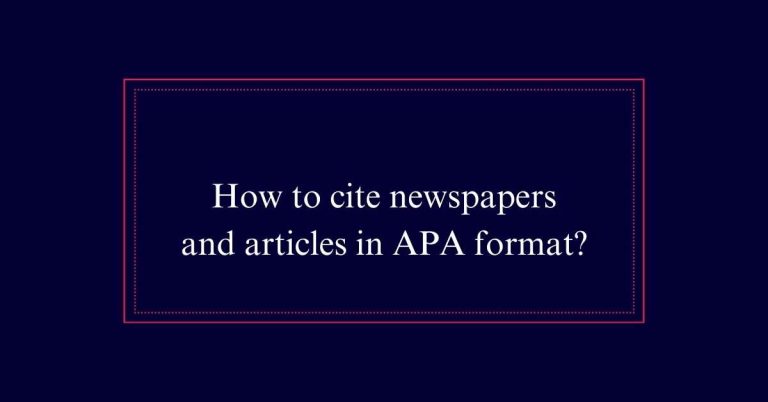What Is an Anecdote?
An anecdote is a brief, self-contained story designed to illustrate a point and make ideas more relatable. It can be true, fictional, or exaggerated, and is used to enhance both fiction and nonfiction. There are various types, including characterizing, humorous, and inspirational anecdotes.
To write one, focus on a clear message, keep it concise, and use vivid details. Confirm the anecdote aligns with the main idea and enhances the reader’s understanding.
Definition of Anecdotes
An anecdote is a brief, self-contained story that serves to illustrate a point. These stories can be true, fictional, or exaggerated and often focus on a central theme, character, or event. Anecdotes are used as literary devices in both fiction and nonfiction to highlight specific ideas or experiences.
They can range from serious warnings to lighthearted jokes, adding depth and color to the narrative. By presenting real or imagined scenarios, anecdotes help to make abstract concepts more relatable and engaging. They are versatile tools that can convey lessons, emphasize character traits, or simply entertain.
Types of Anecdotes
Anecdotes come in various forms, each serving a distinct purpose in storytelling. Understanding these types can enhance your writing and connect more deeply with your audience.
Here are four common types:
- Characterizing Anecdotes – These reveal key traits or background information about a character, adding depth and understanding to their actions.
- Humorous Anecdotes – Light-hearted and funny, these anecdotes entertain and engage readers, often providing a break from more serious content.
- Inspirational Anecdotes – These stories motivate and uplift, sharing examples of perseverance, success, or personal growth.
- Reminiscent Anecdotes – These look back on past events, often evoking nostalgia or illustrating how past experiences shape the present.
Cautionary Anecdotes
While reminiscent anecdotes take us back to the past, cautionary anecdotes offer valuable lessons through stories of negative outcomes. These anecdotes highlight mistakes or misfortunes to warn others against similar actions.
For instance, a cautionary tale about a business failure due to poor planning can teach aspiring entrepreneurs the importance of thorough preparation. The key to an effective cautionary anecdote is relevance and relatability. It should clearly illustrate the consequences of certain behaviors or decisions.

Characterizing Anecdotes
Characterizing anecdotes reveal key traits of a character or provide deeper insights into their motivations. These short stories help readers understand the essence of a character without extensive explanations. They highlight significant moments that define a character’s personality or life choices.
Here are four ways characterizing anecdotes enhance storytelling:
- Illustrate Personality: Showcase specific traits like kindness, bravery, or cunning.
- Reveal Motivations: Offer glimpses into why a character acts a certain way.
- Create Depth: Add layers to characters, making them feel more real and relatable.
- Build Connections: Help readers emotionally connect with characters through relatable experiences.
Humorous Anecdotes
Laughter can be a powerful tool in storytelling, making humorous anecdotes an effective way to engage and entertain readers. These anecdotes often involve amusing incidents or witty observations. They can break the tension in a serious narrative or add a lighthearted touch to an otherwise dry topic.
To write a humorous anecdote, focus on a relatable situation or character flaw. Use vivid details to paint a clear picture and build up to a punchline or unexpected twist. Keep the story short and to the point, ensuring it aligns with the overall message.
Inspirational Anecdotes
Just as humor can uplift a narrative, inspirational anecdotes can motivate and provide profound insights. These short stories often convey themes of perseverance, courage, and personal growth. They resonate with readers, leaving a lasting impact.
Crafting an inspirational anecdote requires a clear message and vivid details. Here are key steps for writing one:
- Identify the Core Message: Focus on a specific lesson or moral.
- Use Relatable Characters: Make sure the protagonist is someone readers can connect with.
- Highlight a Challenge: Show the obstacles faced and how they were overcome.
- End with a Positive Resolution: Conclude with a hopeful or uplifting outcome.
Reminiscent Anecdotes
Reminiscent anecdotes transport readers to a specific moment in the past, evoking nostalgia and personal reflection. These stories often highlight significant events, emotions, or experiences. They serve to connect the reader with the author’s past, offering a window into personal history.
The tone is usually reflective, drawing on the feelings and lessons from the past. Details are key, as they paint a vivid picture of the time and place being described. When writing a reminiscent anecdote, focus on a clear and specific memory. Keep it concise, and make sure it ties back to the main theme of your writing.
Purpose of Anecdotes
Anecdotes serve to illustrate points, add depth to narratives, and engage readers through relatable stories. They are powerful tools in writing, offering various benefits:
- Clarify Complex Ideas: Anecdotes can simplify complex concepts by providing concrete examples that are easy to understand.
- Build Emotional Connection: They evoke emotions, making the content more engaging and memorable.
- Humanize Content: Sharing personal or relatable stories adds a human element, making the narrative more approachable.
- Highlight Key Messages: Anecdotes can underscore important points, reinforcing the main message effectively.
Using Anecdotes Effectively
To use anecdotes effectively, make sure they align with the main message and enhance the reader’s understanding. Choose anecdotes that complement your primary points. This adds depth and makes your argument more relatable. Guarantee the anecdotes are relevant and concise. They should not distract from the main narrative but rather support it.
Use them to illustrate key ideas or provide examples that clarify complex concepts. Consider the tone and style of your writing to maintain consistency. Anecdotes should flow naturally within the text, providing smooth connections between sections. By doing so, you keep the reader engaged and reinforce your main message effectively.
Crafting a Good Anecdote
Crafting a good anecdote begins with understanding its purpose and the message you want to convey. This foundational step guarantees your story aligns with the overall narrative.
Here are four key steps to help you craft an engaging anecdote:
- Identify the Core Message: Decide on the main idea or lesson you want to impart.
- Keep It Concise: Focus on brevity. A good anecdote is short and to the point.
- Use Vivid Details: Incorporate specific details to make the story memorable and engaging.
- Ensure Relevance: Make sure the anecdote ties seamlessly into the broader context of your writing.






